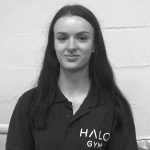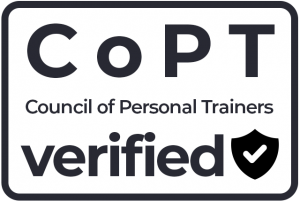HOW DO I START MY OWN PROGRAMME?
By Catherine Symons

It can seem a bit overwhelming when first starting out at the gym and wanting to know what exercises you should be doing; what’s the best way to structure your training regime to get the best possible results?
There are many different ways you can lay out your programme: upper and lower days, full body, push and pull. You need to firstly work out what your main goal is, and how many times you will realistically be able to exercise per week.
If you’re new to the gym, a great way to start would be to do all full body sessions. This way you are working the whole body a number of times, rather than just doing legs (for example) once a week. This way can also keep the workouts interesting and you can cover a number of different exercises for 1 muscle group. It’s also a great way if you can’t get to the gym very much as you’re still able to train all muscles.
A simple way to structure this particular way of programming would be to write each muscle group down that you want to train, and how many times a week you will exercise. You can then decide which exercises will best suit you.
Here’s an example of 2 sessions where you are working the same body parts but changing the exercises. Of course there are many variations of this, with different muscles and exercises.
Session 1:
- Quads – Pendulum Squat
- Hamstrings – Seated Leg Curl
- Shoulders – Barbell Seated Press
- Back – T-Bar Row
- Biceps – Dumbbell Bicep Curl
- Triceps – Cable Tricep Extension
Session 2:
- Quads – Leg Extension
- Hamstrings – Lying Hamstring Curl
- Shoulders – Front Raises
- Back – Rack Pulls
- Biceps – Spider Bicep Curl
- Triceps – Overhead Tricep Curl (cable machine)
From here I would then work out your reps and sets. If you’re new to this exercising game then keep it pretty simple and stick to one particular range for all exercises – as a good start I would aim for 8 to 12 reps, and 3 to 4 sets.
Once you get a bit more experience you can look into changing things up slightly for certain exercises, even adding supersets etc.
The key is to not make things too complicated otherwise you’ll do it for a little while and then drop off. We want long lasting success, even if you’ve made it too easy at the beginning at least you can then progress.
We could go into a lot more detail, but remember this is for those of you who are just starting out and wanting to know how to get a simple programme structured.
Main photo by Studio Ease on Unsplash

About the author
Catherine Symons is a qualified level 3 personal trainer, and currently studying to specialise In sports performance enhancement with strength & conditioning. Having competed from a young age in middle distance running, including representing Kent in many cross country championships, she understands what hard work is.
For the past two years she has begun to move away from competing in distance running, and instead found a passion in strength training. Combining the two disciplines together, Catherine has a good knowledge of many aspects of sports training.
Recently Catherine has begun undergoing an internship at University of East London in their strength and conditioning programme where she helps out with a variety of athletes, as well as helping out with the athletes at Tonbridge Athletics Club.
Catherine’s passion is to help athletes and the ‘everyday gym goer’ to perform to their absolute best, in the most efficient way possible, to reach their goals and to achieve great results.

